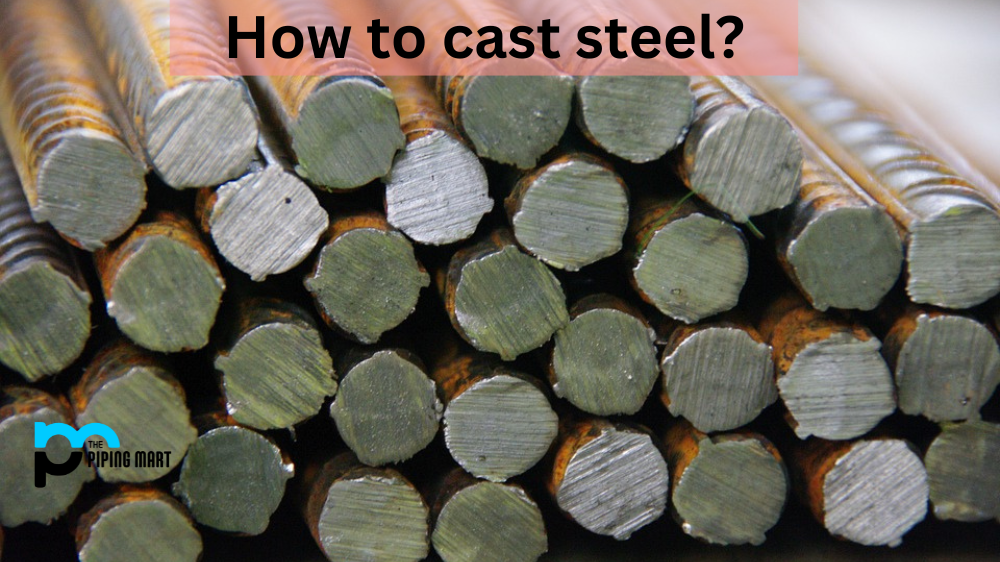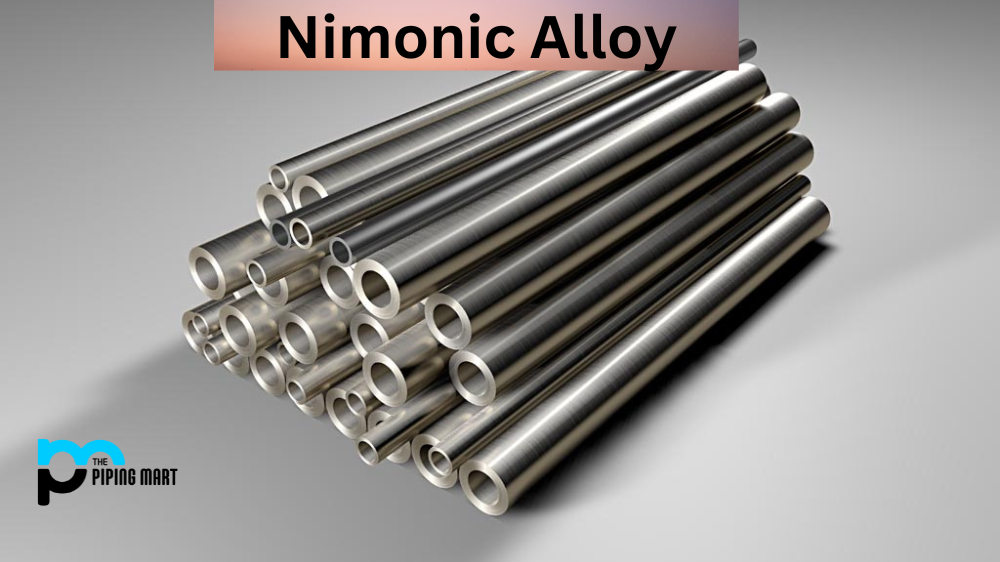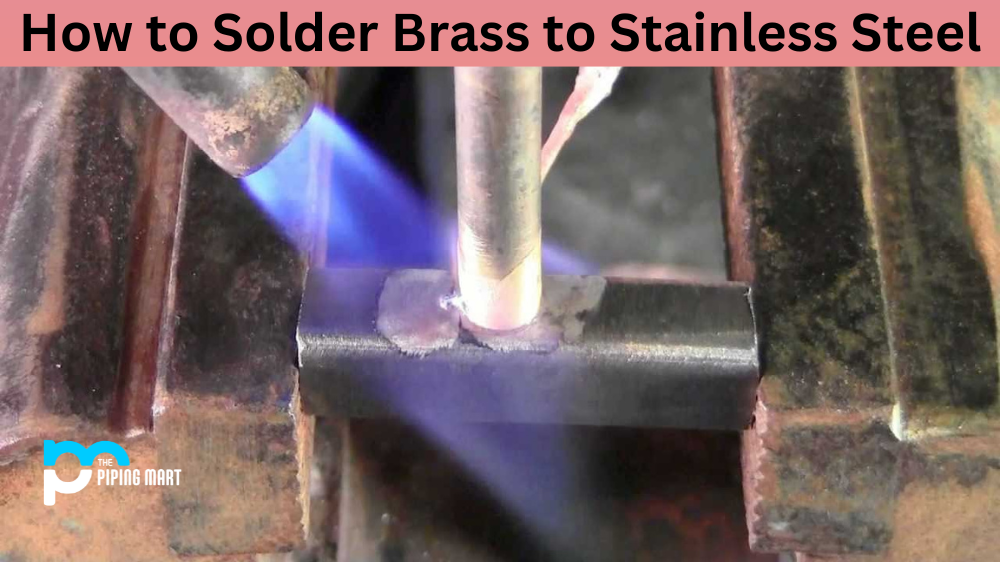If you’re looking for a metal alloy that can stand up to the toughest conditions, you’ve probably come across 4140 steel and 4340 steel. Both of these alloys are incredibly popular choices for the creation of parts used in various industries such as construction and automotive. As with any metal, there are advantages and disadvantages to both 4140 steel and 4340 steel. Let’s take a closer look at both.
4140 Steel
4140 steel is an alloy of chromium, molybdenum, manganese, and silicon. It has strong tensile strength, good wear resistance, toughness, and ductility. It is also very easy to weld and machine. Due to its strength and durability, it is often used in applications such as aircraft components, gears, shafts, axles, forgings, crankshafts, couplings, wheels, pump parts, valve stems and valves. Its high hardness makes it ideal for applications that require high-strength components that need to last for a long time without becoming brittle or easily damaged.
4340 Steel
4340 steel is an alloy of nickel-chrome-molybdenum with excellent properties like strength at high temperatures. It also has great fatigue strength, making it ideal for use in aerospace industry components and automotive drivetrains, where parts must withstand heavy loads over long periods of time without failing or breaking down. In addition to its strength at high temperatures, it also has good corrosion resistance making it suitable for use in harsher environments where other metals may not hold up so well. The downside is that because it is designed to withstand extreme temperatures, it can be difficult to work with when creating complex shapes or intricate designs due to its hardness level.
Difference 4140 Steel and 4340 Steel
- 4140 steel is a chromium-molybdenum alloy steel that has high strength and hardness.
- 4340 steel is a nickel-chromium-molybdenum alloy steel that has high strength and hardness.
- 4140 steel is less expensive than 4340 steel.
- 4340 steel is more difficult to weld than 4140 steel.
- 4140 steel is more resistant to wear than 4340 steel.
- 4340 steel is more difficult to machine than 4140 steel.
Conclusion:
Both 4140 steel and 4340 steel have their advantages depending on the application they are being used for; however, each one offers unique properties that make them suitable for different uses. For example, 4140 steel is easier to work with but does not have the same level of strength as 4340 steel has at higher temperatures making it better suited for certain applications than others. Ultimately, the choice between these two alloys will depend on what kind of strength properties you need from your metal product and how easy you need it to shape or form into whatever design you may need! When choosing between 4140 vs 4340 steel, consider which one suits your application best before deciding based on cost alone!

A passionate metal industry expert and blogger. With over 5 years of experience in the field, Palak brings a wealth of knowledge and insight to her writing. Whether discussing the latest trends in the metal industry or sharing tips, she is dedicated to helping others succeed in the metal industry.




